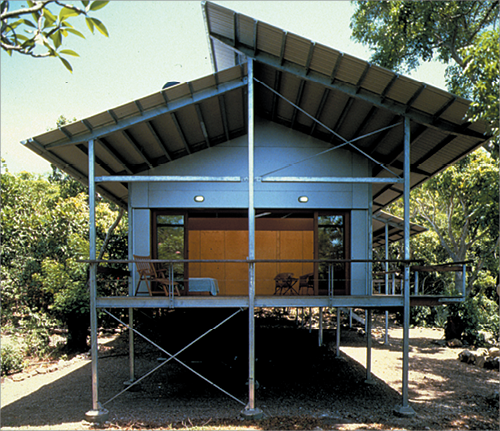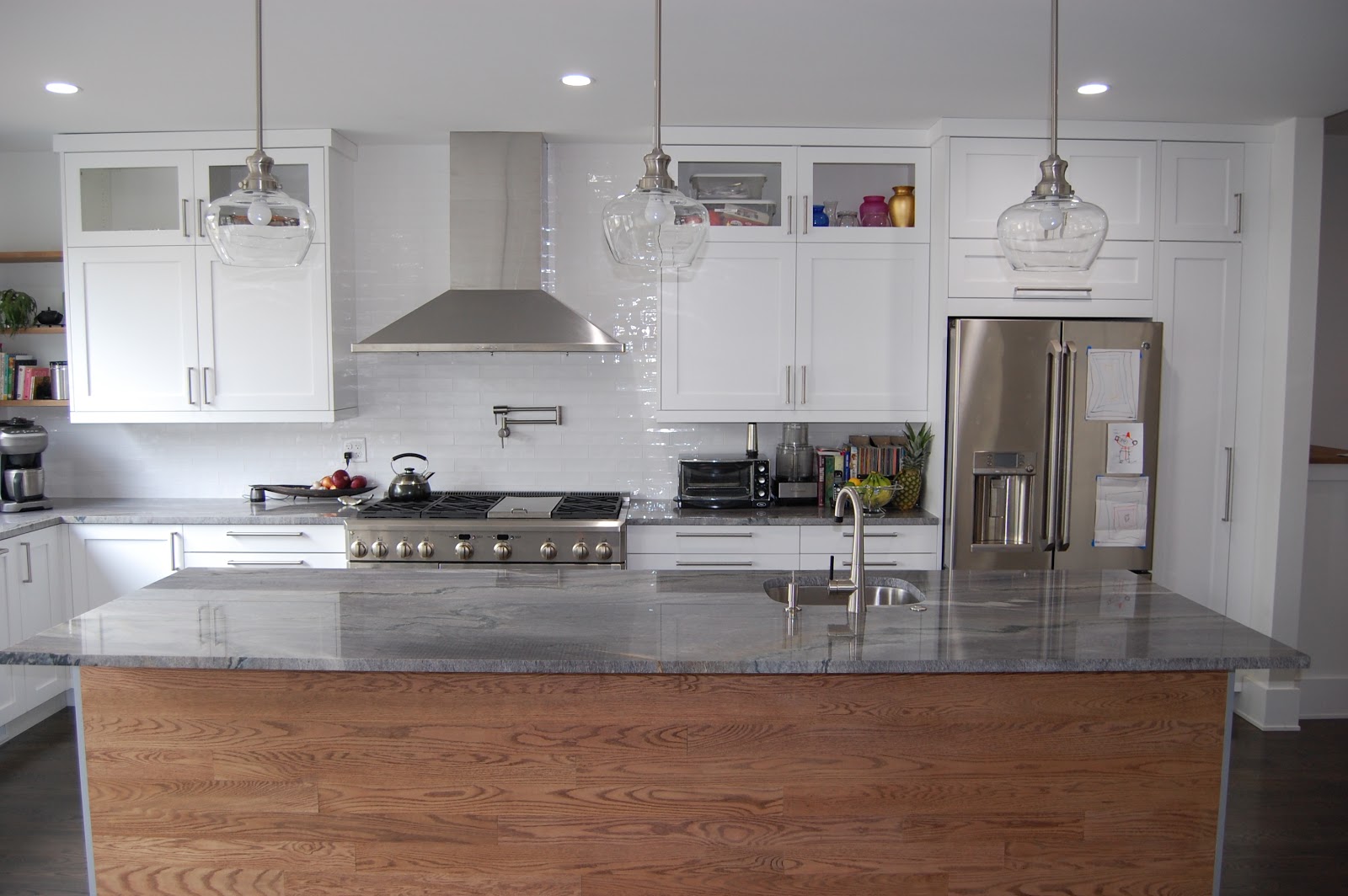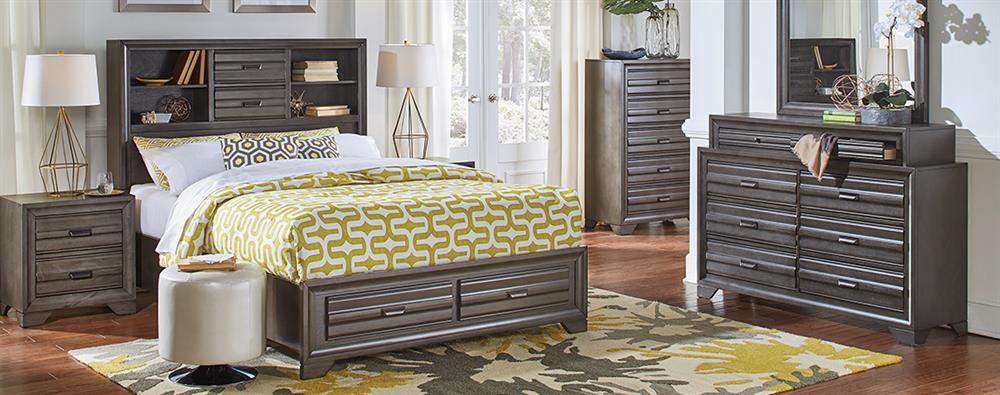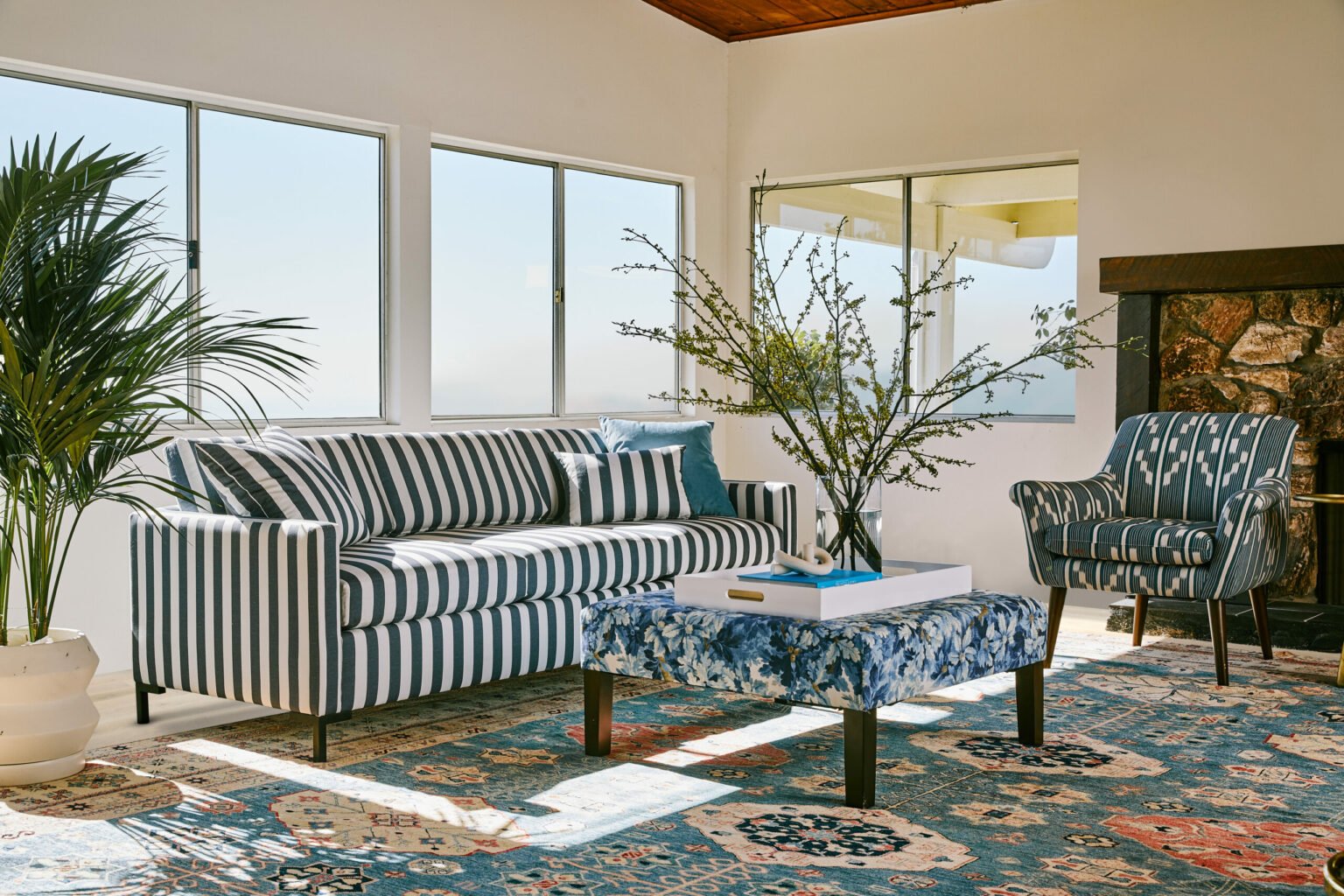Climate-Responsive Home Design for Tropical Regions
Traditional Art Deco-style homes are typically designed for cooler climates. When looking to build a home in a tropical region, many of the materials and design features used may not be suitable for the climate. As a result, it is important to design climate-responsive homes that are equipped with features that will help keep your home cooler and more comfortable all year-round. A few of the options available for tropical regions include passive solar design, natural ventilation techniques, and the use of materials with reflective properties, such as cooling roofing.
Passive Solar Design for Tropical Houses
Passive solar design is the most basic form of energy conservation for homes in tropical climates. It involves capturing natural solar energy and using it to pre-heat or cool the home. Such a design can be implemented in a number of different ways. For example, trees can be planted strategically around the home to reduce glare, limit direct sunlight and provide shade. Other features, such as high windows, light reflecting roofing materials and insulation, can be used to cool the interior during the hotter months.
Utilizing Natural Ventilation in Tropical Houses
Natural ventilation is one of the most effective and economical ways to cool tropical homes. This involves using windows and doors to capture breezes that are naturally generated in the area. To take advantage of this, the home should be designed with higher windows on the windward side and lower windows on the leeward side. These windows can be opened to encourage the natural breeze to flow throughout the home. It is also important to consider the orientation of the home when incorporating natural ventilation into the design, as this will help to ensure that the home captures the most favorable winds.
House Design for Hot and Humid Climates
When designing for areas with high temperatures and humidity, it is important to consider materials and design features that will help to reduce the humidity levels in the home. For example, walls and floors made from porous materials can help to absorb excess moisture, while cross-ventilation can help to reduce the build-up of humidity in the home. Additionally, outdoor features, such as covered verandas, can be used to cool the exterior of the home and reduce the need for air conditioners.
Controlling Heat in Tropical Homes
When designing for tropical climates, you should strive to keep heat out of the home. As such, you should choose materials that will reflect sunlight rather than absorb it. Materials, such as reflective paint, insulated walls and reflective roofing can all be used to help lower the internal temperature of the house. Additionally, windows and shades should be chosen carefully to reduce the amount of heat that enters the home.
Low-Impact and Eco-Friendly Design for Tropical Homes
Tropical homes should be designed with the goal of reducing the home's environmental impact. This can be achieved by using materials that are low impact and renewable. For example, renewable materials such as bamboo, jute, and rattan can all be used to create an environmentally friendly home. Additionally, renewable energy sources, such as solar panels, can be installed to reduce the home's dependence on external sources of energy.
Cooling Strategies for Tropical Houses
One of the most effective strategies to keeping a home cool in a tropical climate is the use of overhead fans. Such fans can be used to reduce indoor temperatures and draw cooler air through the home. Additionally, coverings for windows can be used to help block out direct sunlight and reduce the amount of heat that enters the home.
Design Considerations for Tropical Living Spaces
When designing a home for a tropical climate, it is important to consider the lifestyle and preferences of those living in the home. This includes features like carving out spaces for cooking, eating, entertaining, and relaxing. Additionally, features such as open floor plans and large windows can help to maximize ventilation and light in the home.
Strategies for Sustainable Houses in Tropical Climates
Sustainable design strategies should also be incorporated into the design of tropical homes. This includes features such as rainwater collection systems, water efficient fixtures, sustainable materials and energy efficient appliances. These features will help to reduce the cost of running the home and help to minimize its environmental impact.
Maximizing Comfort Levels in Tropical Households
Comfort is key for any living space, and a tropical home is no exception. To maximize comfort levels in the home, it is important to incorporate features like ceiling fans, air conditioning, and dehumidifiers. Additionally, screens can be used to protect against insects, while windows and doors can be designed with seals to help reduce heat transfer between the indoor and outdoor environment.
Passive Cooling Strategies for Tropical House Design
 The hot climate in tropical regions can make it difficult to keep interiors of homes cool and comfortable. With such conditions, it is essential to employ
modern
passive cooling strategies in
house design
.
Passive cooling methods have been used in building construction since ancient times and have proven to be an efficient and effective way to reduce temperatures within a building. To make the best of the cooling options available, architects should consider the
climate and local environment
when designing tropical houses.
The hot climate in tropical regions can make it difficult to keep interiors of homes cool and comfortable. With such conditions, it is essential to employ
modern
passive cooling strategies in
house design
.
Passive cooling methods have been used in building construction since ancient times and have proven to be an efficient and effective way to reduce temperatures within a building. To make the best of the cooling options available, architects should consider the
climate and local environment
when designing tropical houses.
Reducing Heat Through Improved Insulation
 Insulation is key to providing a comfortable environment in tropical climates. Improving insulation can reduce the amount of thermal energy transfer through walls, ceilings, and other building materials. Using ventilation or air conditioning to cool buildings is much less energy-efficient than doing so with improved insulation.
Insulation is key to providing a comfortable environment in tropical climates. Improving insulation can reduce the amount of thermal energy transfer through walls, ceilings, and other building materials. Using ventilation or air conditioning to cool buildings is much less energy-efficient than doing so with improved insulation.
Making the Best Use of Open Spaces
 Open spaces can make use of natural sources of cooling, such as the shade of trees. In tropical regions, deep overhangs also offer respite from the sun, and vertical elements such as shading features and large windows are all beneficial. By considering the optimal directional orientation for a building design, more opportunities for allowing natural air currents can be created.
Open spaces can make use of natural sources of cooling, such as the shade of trees. In tropical regions, deep overhangs also offer respite from the sun, and vertical elements such as shading features and large windows are all beneficial. By considering the optimal directional orientation for a building design, more opportunities for allowing natural air currents can be created.
Maximizing the Use of Natural Ventilation
 In modern passive cooling house design for tropical climates, effective air movement is essential. Adequate air supply through windows, doorways, vents and other openings can lead to successful cooling strategies. Orienting the building to take advantage of the prevailing winds can also make a substantial difference. To capitalize on natural ventilation, highly porous materials should be used in construction.
In modern passive cooling house design for tropical climates, effective air movement is essential. Adequate air supply through windows, doorways, vents and other openings can lead to successful cooling strategies. Orienting the building to take advantage of the prevailing winds can also make a substantial difference. To capitalize on natural ventilation, highly porous materials should be used in construction.
Integrating Sustainable Cooling Techniques
 Modern cooling technologies in tropical house designs can also be applied in order to reduce energy costs and reliance on electricity. Sustainable cooling techniques such as evaporative cooling, wind towers, and sunspaces are all increasingly popular choices. To reduce the need for energy-intensive air conditioning altogether, incorporating these innovative ideas into tropical house design is a great way to create a comfortable home.
Modern cooling technologies in tropical house designs can also be applied in order to reduce energy costs and reliance on electricity. Sustainable cooling techniques such as evaporative cooling, wind towers, and sunspaces are all increasingly popular choices. To reduce the need for energy-intensive air conditioning altogether, incorporating these innovative ideas into tropical house design is a great way to create a comfortable home.






























































































